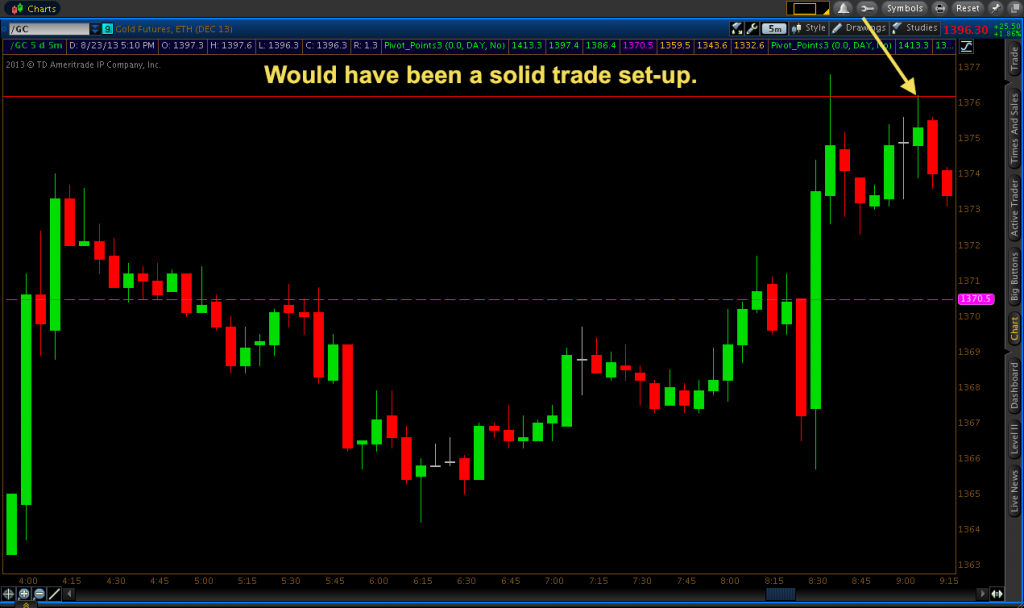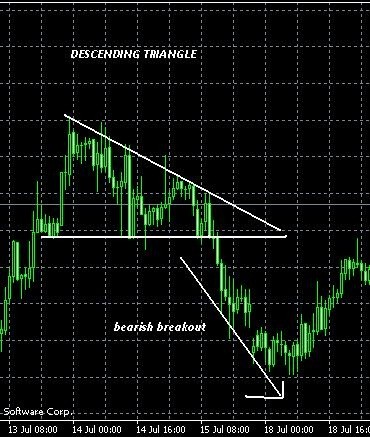Learn to Trade Triangle Chart Patterns Part 1
Post on: 16 Март, 2015 No Comment

Learn to Trade Triangle Chart Patterns Part 1
In our last lesson we learned strategies for trading the flag and pennant chart patterns. In this lesson we are going to look at a pattern which is similar in nature to the flag and pennant pattern which is called the triangle pattern.
Triangle Patterns can be broken down into three categories: The ascending triangle, the descending triangle, and the symmetrical triangle. While the shape of the triangle is significant of more importance is the direction that the market moves when it breaks out of the triangle. Lastly, while triangles can sometimes be reversal patterns they are normally seen as continuation patterns.
The Ascending Triangle:
The ascending triangle is formed when the market makes higher lows and the same level highs. These patterns are normally seen in an uptrend and viewed as a continuation pattern as the bulls gain more and more control running up to the top resistance line of the pattern. While you normally will see this pattern form in an uptrend if you do see it in a downtrend it should be paid attention to as it can act as a powerful reversal signal.
Ascending Triangle Example:
The Descending Triangle:
The descending triangle is formed when the market makes lower highs and the same level lows. These patterns are normally seen in a downtrend and viewed as a continuation pattern as the bears gain more and more control running down to the bottom support line of the pattern. While you normally will see this pattern form in a downtrend, if you do see it in an uptrend it should be paid attention to as it can act as a powerful reversal signal.
Descending Triangle Example:
The Symmetrical Triangle:

The symmetrical triangle is formed when the market makes lower highs and higher lows and is commonly associated with directionless markets as the contraction of the market range indicates that neither the bulls nor the bears are in control. If this pattern forms in an uptrend then it is considered a continuation pattern if the market breaks out to the upside and a reversal pattern if the market breaks to the downside. Similarly if the pattern forms in a downtrend it is considered a continuation pattern if the market breaks out to the downside and a reversal pattern if the market breaks to the upside.
Symmetrical Triangle Example:
So that completes this lesson. You should now have a good understanding of the different types of patterns patterns and what each signifies. In our next lesson we are going to go over strategies for trading triangle chart patterns of these patterns complete with entry and exit points so we hope to see you in that lesson.
As always if you have any questions or comments please leave them in the comments section below so we can all learn to trade together, and good luck with your trading!
Links From Around the Web to Help You Learn to Trade Triangles














